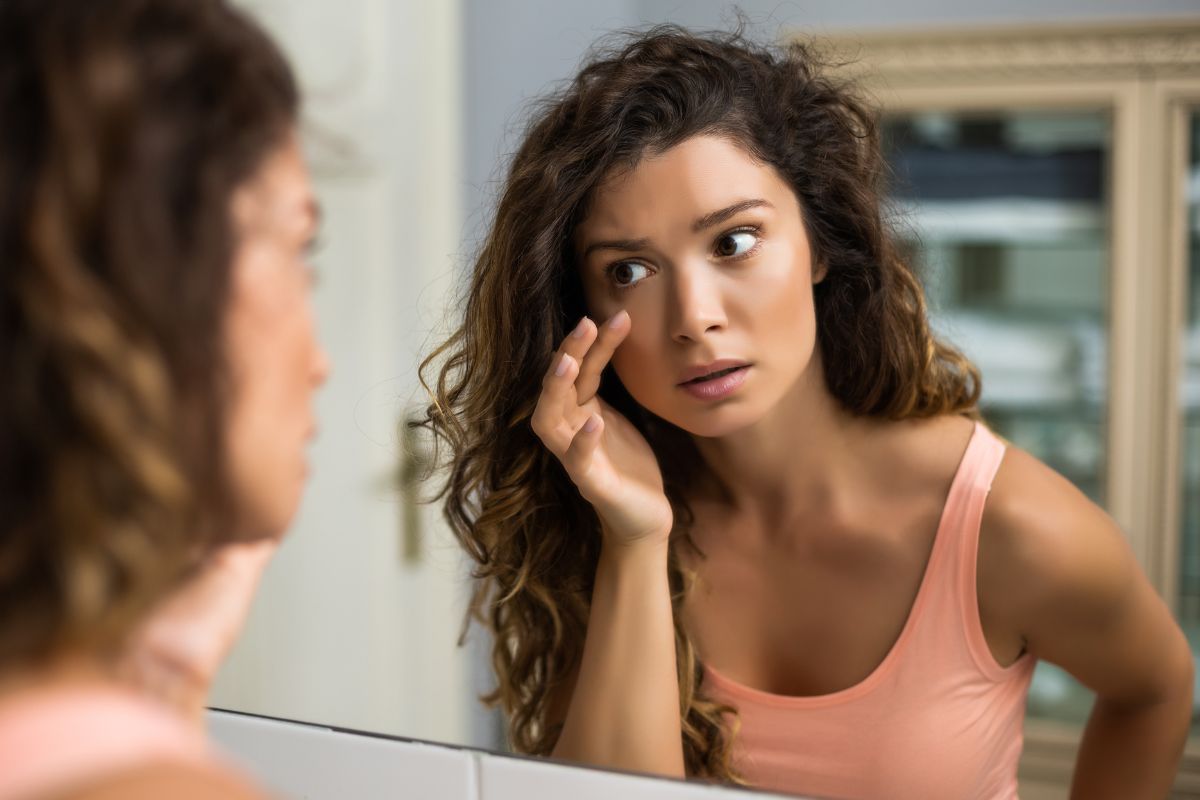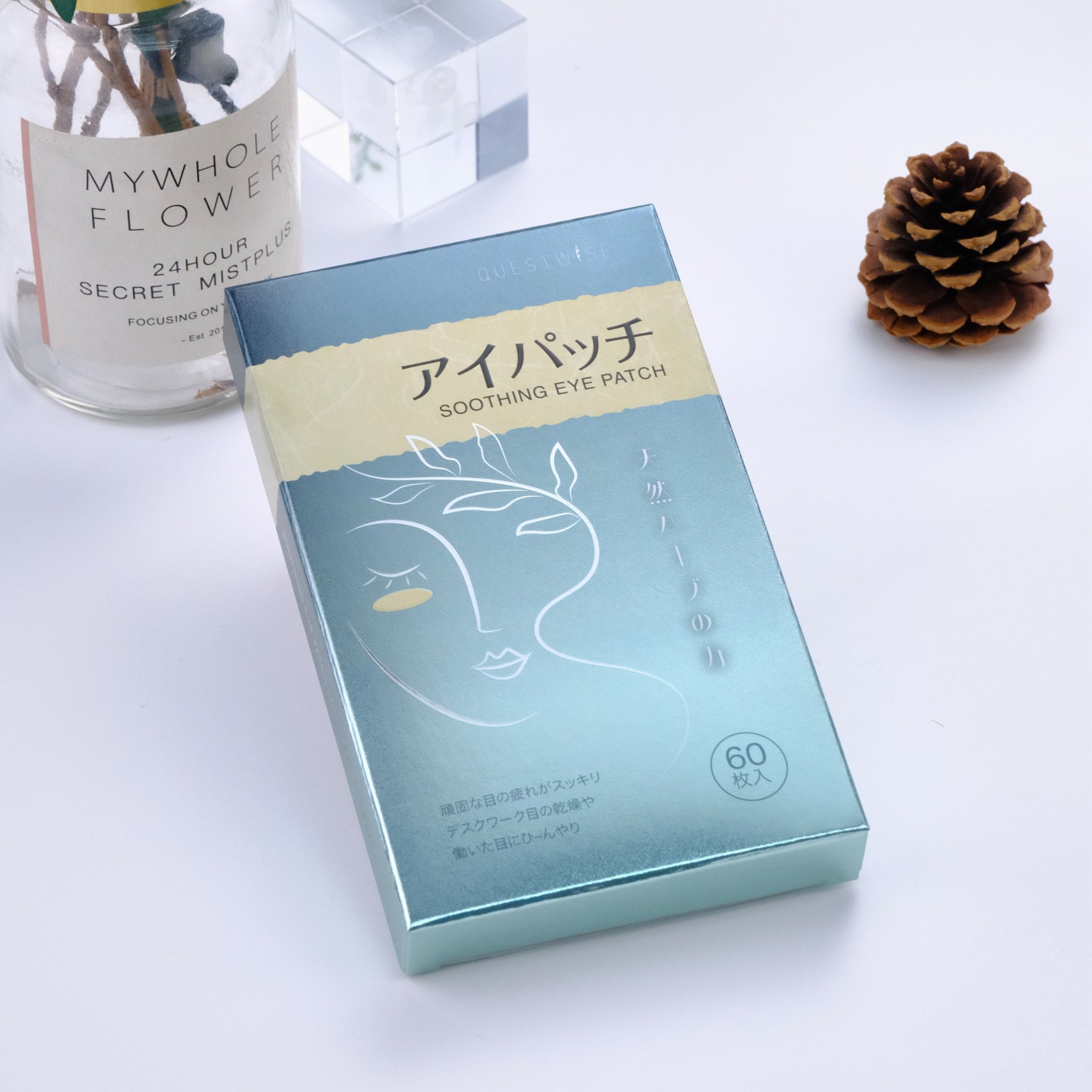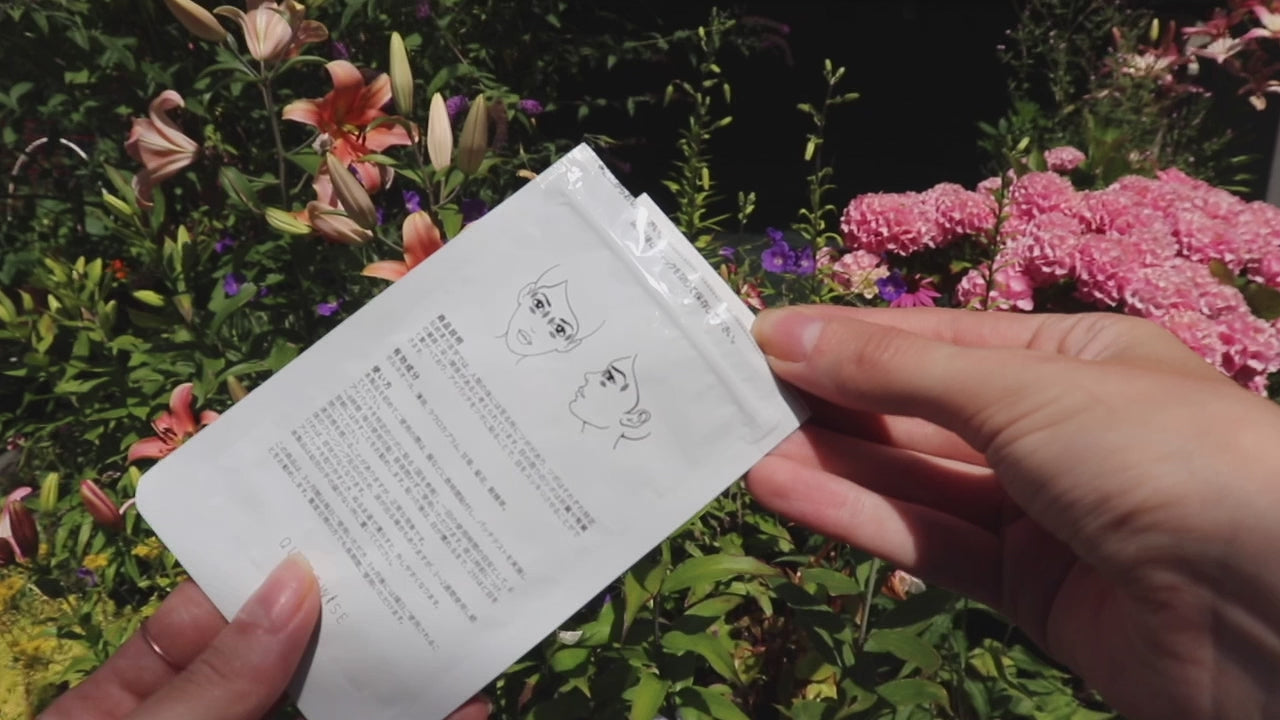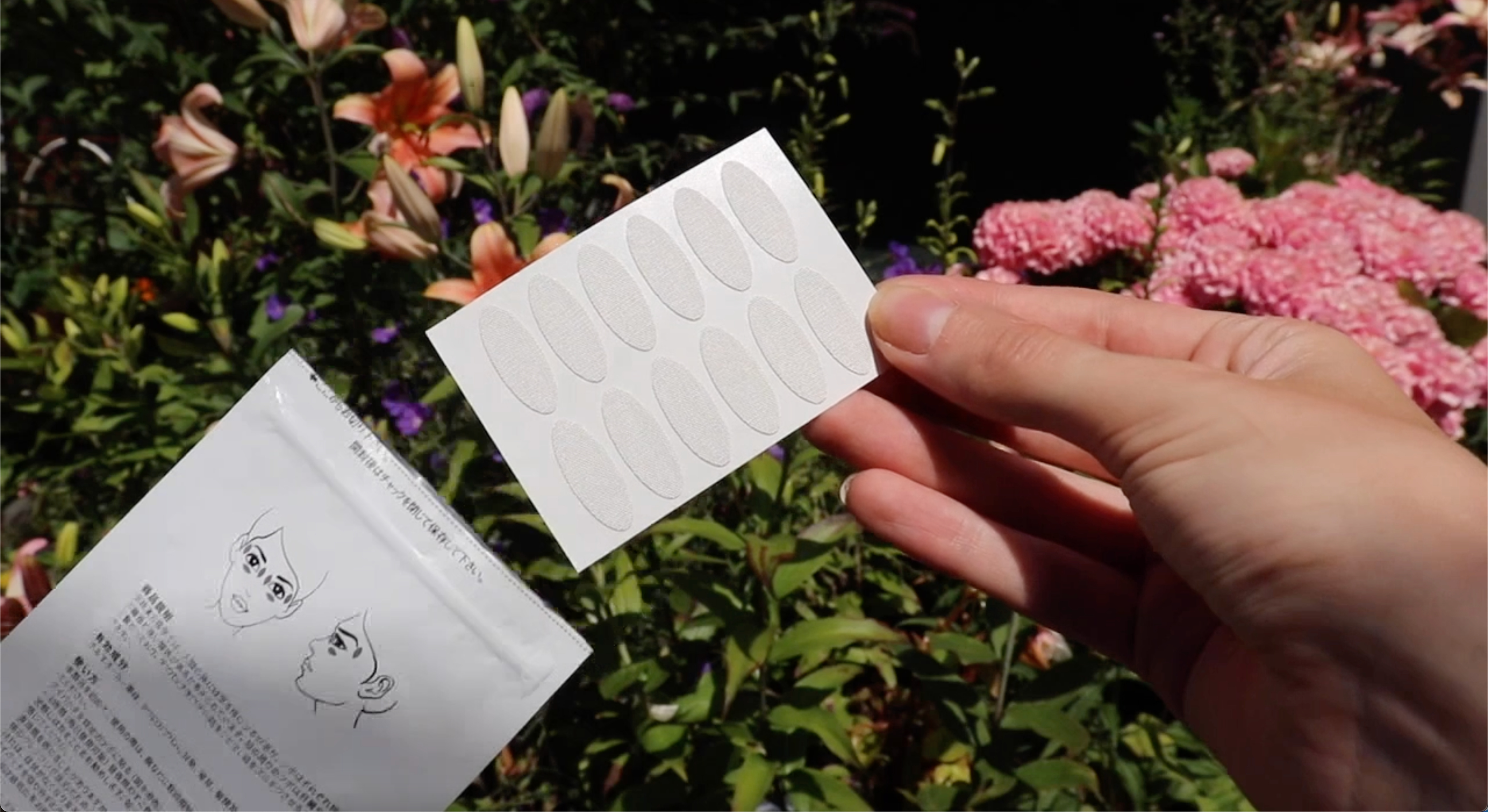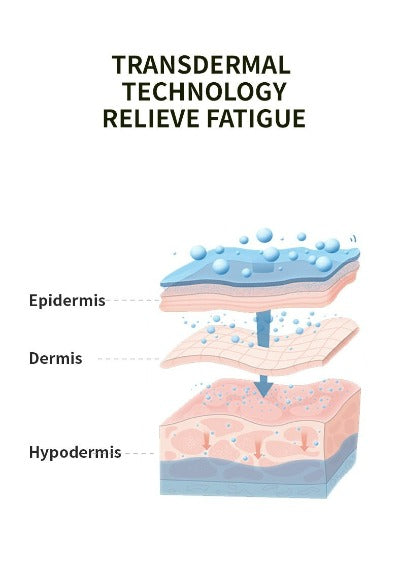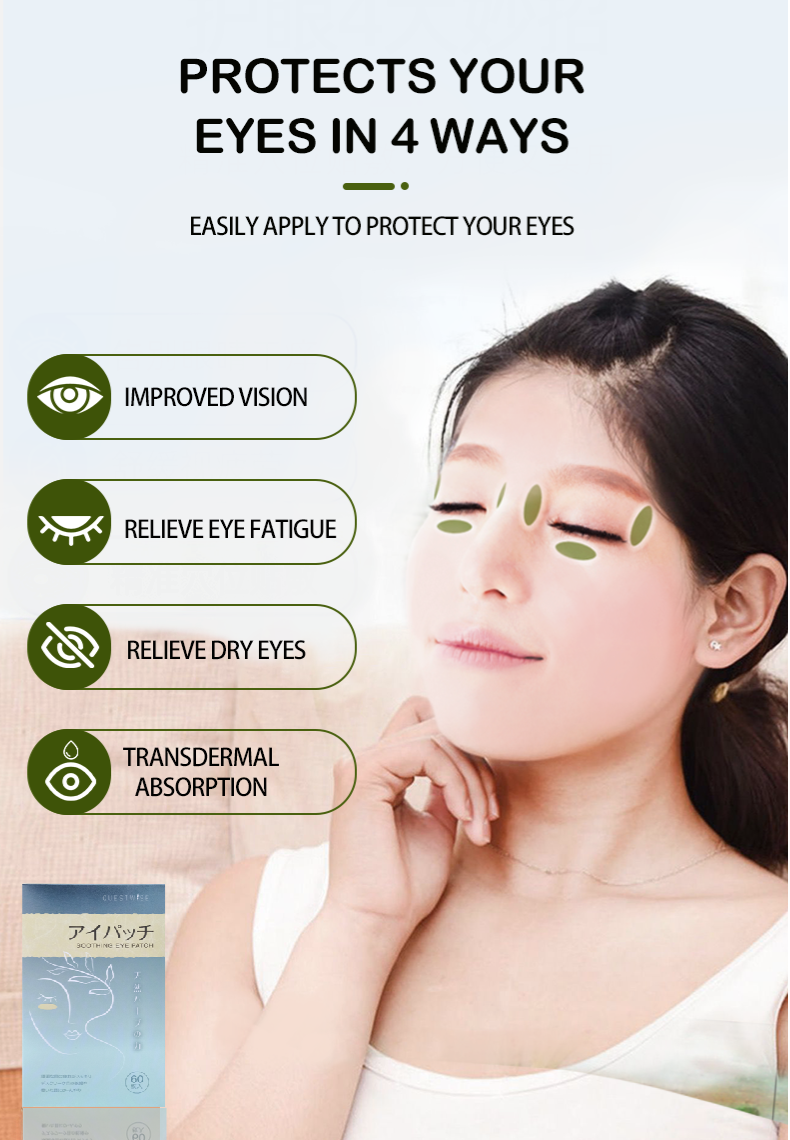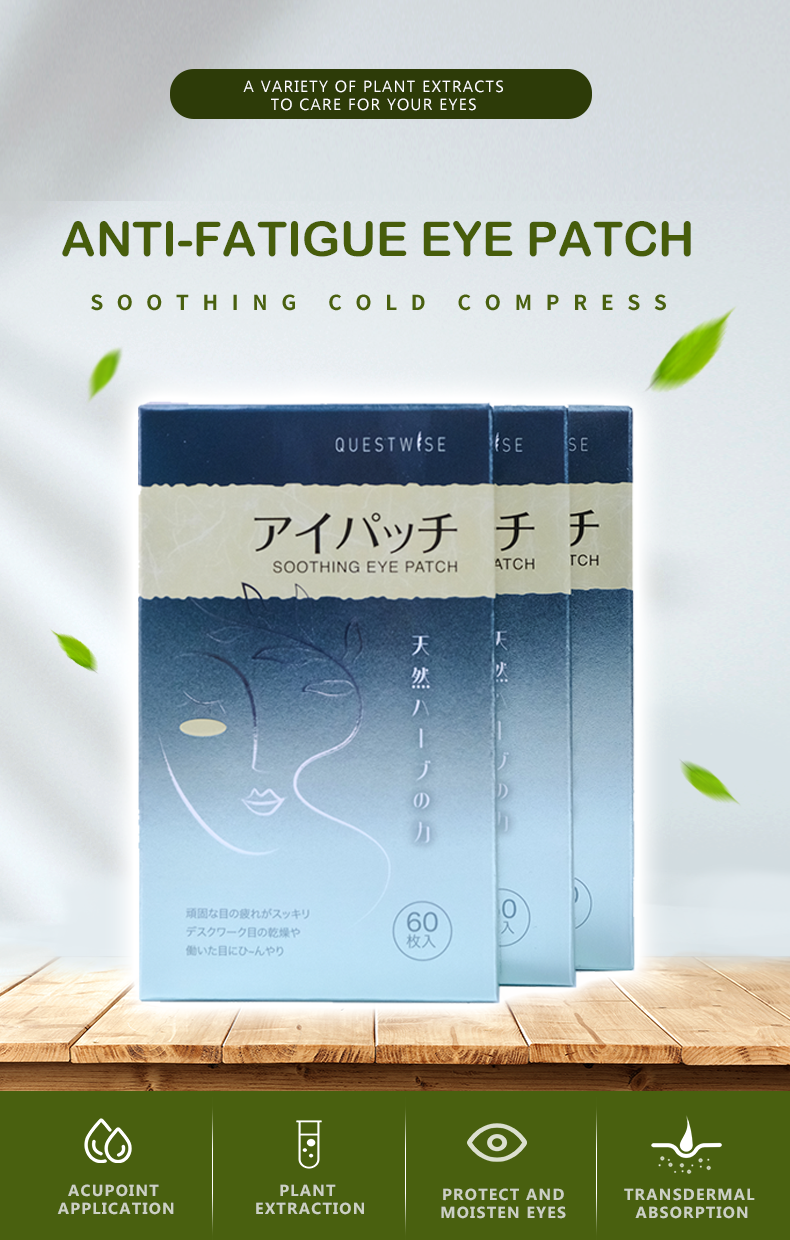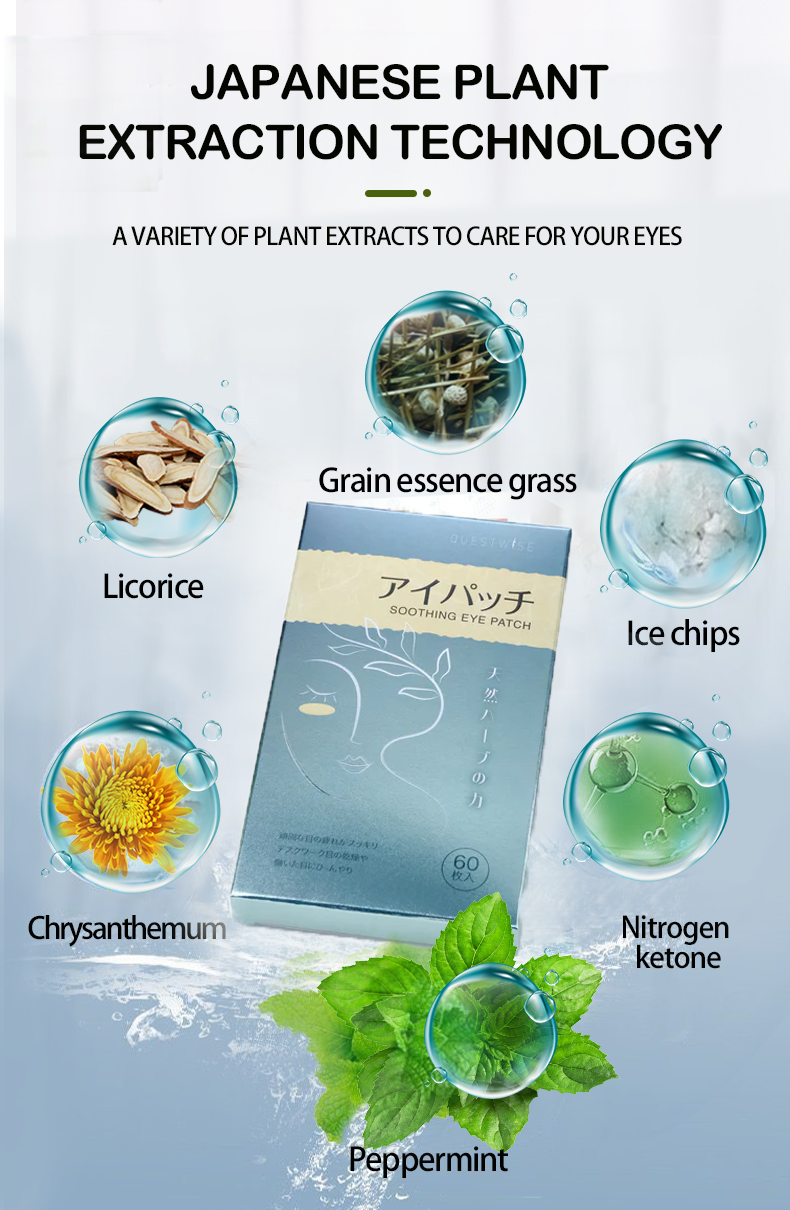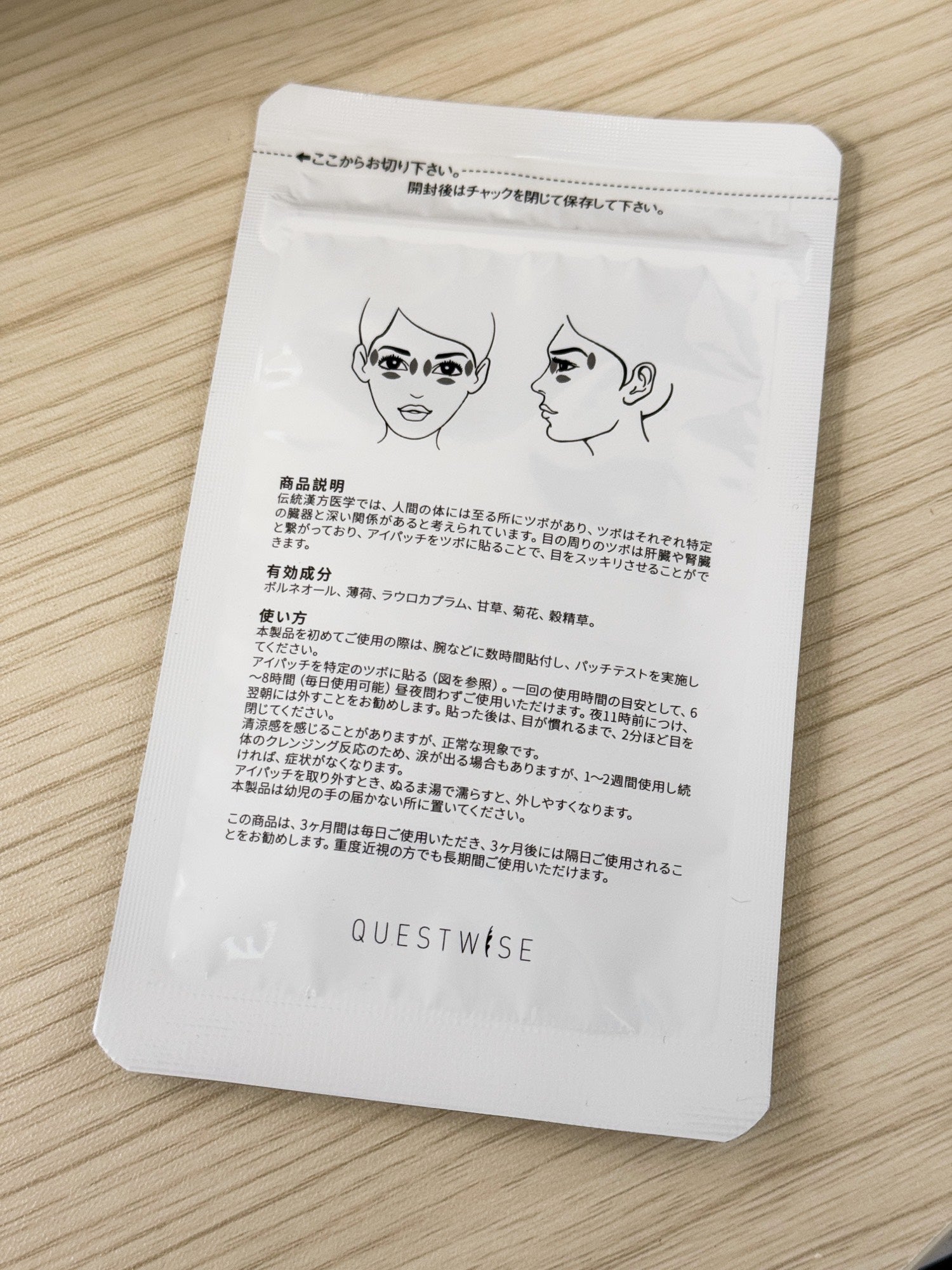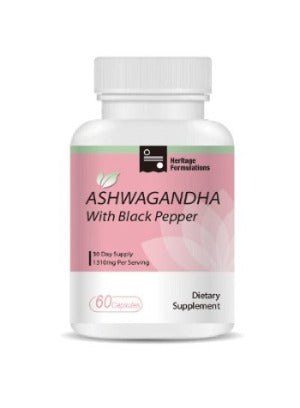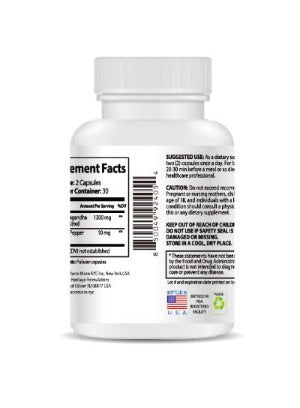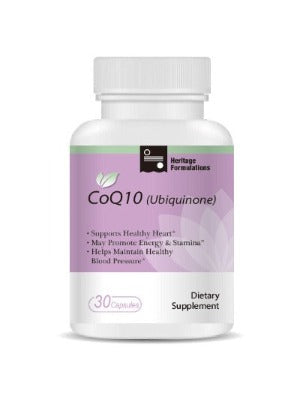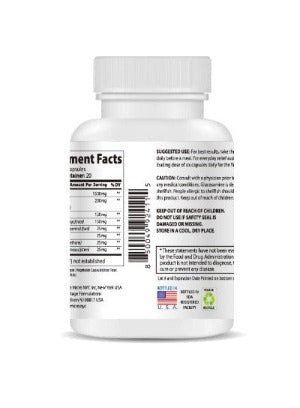Dry Eye Symptoms: Understanding and Managing the Discomfort
In our increasingly digital world, the prevalence of dry eye disease is on the rise. The constant strain placed on our eyes from prolonged screen time, coupled with environmental factors and underlying health conditions, contributes significantly to this widespread ocular issue. Dry eye disease isn't merely a minor inconvenience; it can lead to persistent discomfort, impaired vision, and a significant reduction in overall quality of life. This comprehensive guide delves into the multifaceted nature of dry eye symptoms, explores the underlying causes, and provides strategies for effective management and relief.
The Spectrum of Dry Eye Symptoms: Recognizing the Signs
Dry eye disease presents itself differently from person to person. Symptoms can range from mild discomfort to severe, debilitating irritation. It's crucial to recognize these symptoms and seek professional help when necessary. While experiencing a few isolated symptoms might not indicate a serious problem, persistent discomfort requires a consultation with an ophthalmologist or optometrist.
Common Symptoms of Dry Eye:
- Dryness and Gritty Sensation: The most characteristic symptom, a persistent feeling of dryness or grittiness, as if a foreign particle is lodged in the eye.
- Burning and Stinging: Intense burning and stinging sensations, often accompanied by discomfort and irritation.
- Itching: Persistent itching, frequently leading to the urge to rub the eyes, which can worsen the condition.
- Redness and Bloodshot Appearance: Inflammation resulting from dryness causes the eyes to appear red and bloodshot.
- Blurred Vision: Impaired tear film stability can affect vision clarity, leading to blurry or fluctuating vision.
- Increased Light Sensitivity (Photophobia): Dry eyes can become acutely sensitive to light, making bright environments uncomfortable or even painful.
- Stringy Mucus Discharge: The formation of stringy mucus indicates a compromised tear film and impaired lubrication.
- Feeling of a Foreign Body: The persistent sensation of something in the eye, without the presence of a visible foreign object.
- Watery Eyes (Paradoxical): In some cases, dry eyes compensate by producing excess watery discharge, ironically masking the underlying dryness.
- Eye Fatigue and Strain: Prolonged dryness can lead to significant eye fatigue and strain, especially after extended periods of screen time.
- Difficulty with Contact Lenses: Individuals who wear contact lenses often experience discomfort and difficulty wearing them due to dry eye.
Understanding the Root Causes of Dry Eye Disease
The etiology of dry eye is multifaceted and complex, often stemming from a combination of factors. These factors include:
- Environmental Factors: Exposure to dry air, wind, extreme temperatures, smoke, and other airborne irritants directly impacts tear film stability.
- Lifestyle Choices: Prolonged screen time, inadequate hydration, insufficient sleep, and a lack of regular breaks all contribute to eye strain and dryness.
- Medical Conditions: Several underlying medical conditions can influence tear production. Autoimmune diseases like Sjögren's syndrome, allergies, hormonal imbalances, diabetes, and thyroid disorders are implicated.
- Medications: Certain medications, such as antihistamines, decongestants, birth control pills, and some antidepressants, have dry eye as a known side effect.
- Aging: As we age, tear production naturally declines, increasing the susceptibility to dry eye.
- Contact Lens Use: Contact lens wear can disrupt the delicate tear film, particularly with extended wear or improper lens hygiene.
- Blepharitis: Inflammation of the eyelids, often caused by bacterial infection, can interfere with tear production and distribution.
- Meibomian Gland Dysfunction (MGD): This condition affects the oil glands in the eyelids, leading to an unstable tear film and increased dryness.
Effective Management and Relief Strategies for Dry Eye
Managing dry eye often requires a holistic approach that encompasses lifestyle adjustments, environmental modifications, and, in some cases, medical intervention. Working closely with an eye care professional is crucial for diagnosis and personalized treatment plans.
Lifestyle Modifications:
- Increase Blink Rate: Consciously increase the frequency of blinking to maintain adequate tear film lubrication.
- Hydration: Maintain consistent hydration by drinking plenty of water throughout the day.
- Humidifier Use: Use a humidifier, particularly in dry climates or during winter months, to add moisture to the air.
- Reduce Screen Time: Minimize prolonged screen time and take regular breaks to rest your eyes.
- Eye Protection: Wear protective eyewear outdoors to shield eyes from wind, sun, and dust.
- Dietary Considerations: Include omega-3 fatty acids, antioxidants, and other eye-health promoting nutrients in your diet.
- Warm Compresses: Applying warm compresses to the eyelids can help to express the meibomian glands and improve tear quality.
Therapeutic Options:
- Artificial Tears: Over-the-counter artificial tears can help to lubricate and moisten the eyes.
- Prescription Eye Drops: In more severe cases, a doctor may prescribe medication to increase tear production or reduce inflammation.
- Punctal Plugs: Small plugs inserted into the tear ducts can help to prevent tears from draining away too quickly.
- LipiFlow Thermal Pulsation System: This treatment helps to clear blocked meibomian glands.
Exploring Natural Relief:
For individuals seeking natural, soothing solutions, the Wise Quest Soothing Eye Patches offer a unique approach. These patches harness the power of traditional Chinese herbal medicine to relieve eye fatigue, dryness, astringency, redness, and swelling often associated with digital eye strain and environmental factors. By promoting healthy blood circulation, these patches aim to alleviate discomfort and contribute to overall eye well-being.

Remember, the Wise Quest Soothing Eye Patches are a complementary therapy and should be used in conjunction with a comprehensive dry eye management plan.
When to Seek Professional Care
While many cases of dry eye can be effectively managed with home remedies and lifestyle changes, it's crucial to consult an eye care professional if symptoms are severe, persistent, or accompanied by other concerns. Prompt diagnosis and appropriate medical intervention can significantly impact the outcome and prevent potential complications.
Conclusion
Dry eye disease is a common and often debilitating condition affecting millions worldwide. By understanding the multifaceted nature of dry eye symptoms, recognizing the underlying causes, and implementing effective management strategies, you can significantly improve your eye health and quality of life. Incorporating lifestyle modifications, exploring therapeutic options, and considering natural remedies like the Wise Quest Soothing Eye Patches, combined with professional guidance, will contribute to long-term dry eye management and relief.

